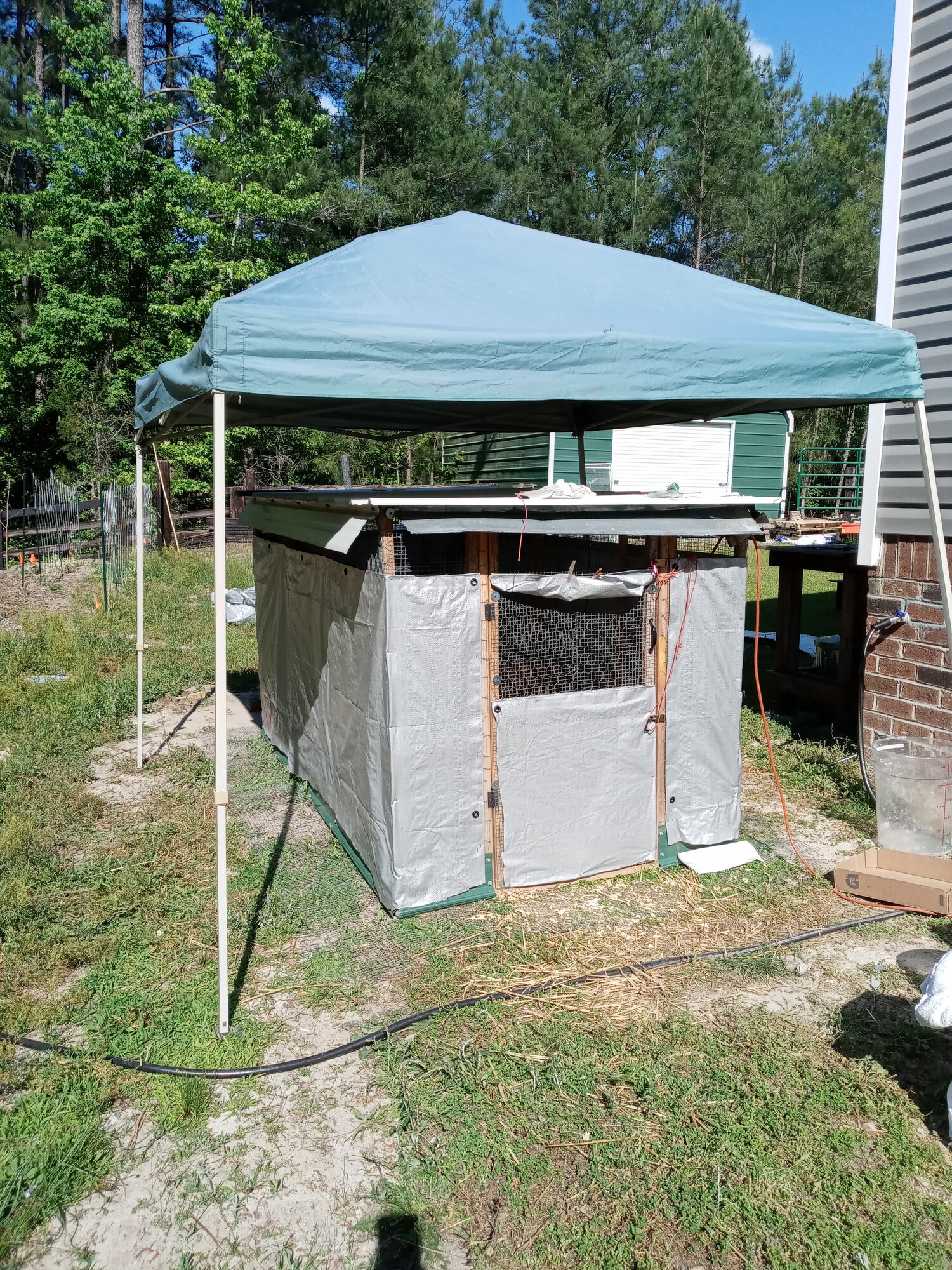Still concerned with sail issue, but it may be ok.
@U_Stormcrow knows about the proper installation of metal roof for wind resistance. He advised me when I was designing Neuchickenstein since for me hurricanes are a legitimate risk.
Follow along with the video below to see how to install our site as a web app on your home screen.
Note: This feature may not be available in some browsers.
Still concerned with sail issue, but it may be ok.
Awesome stuff. Yes, I plan to do a galvi corrugated roof. Still concerned with sail issue, but it may be ok. Definitely taking suggestions, and listening to others experiences.
It helps to set the screw in place with a hammer, then finish setting with a drill if you aren't fortunate enough to have an impact driver.
i could leave a 12" gap 8feet long on both sides.I'm concerned about the ventilation.
Traditional windows appeal to human ideas of aesthetics, but what you really need is big wire vents up at the top and bottom of the roof slope, even including the gable triangles -- protected by generous roof overhangs. One square foot of 24/7/365 ventilation per adult, standard-sized hen.
If you do go with traditional windows, you want the top-hinged kind that are their own awnings.
View attachment 2975518
That's a great idea!
My outdoor brooder is built that way -- with awnings over the vents.


